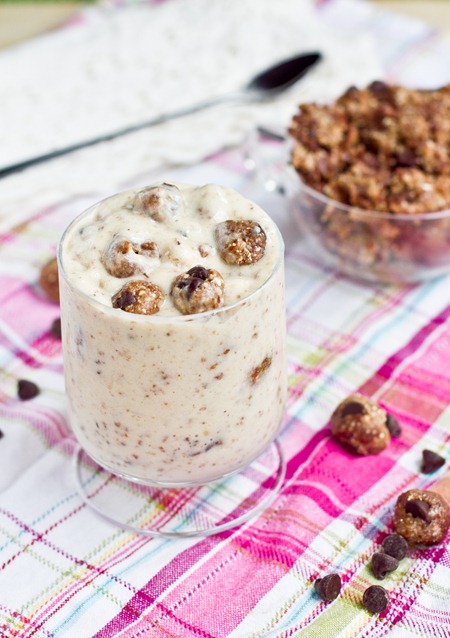
According to the United Fresh Produce Association, sales of pre-chopped foods have skyrocketed in the past two decades, as customers look for ways to make food preparation easier and faster. Pre-cut items may seem like the best culinary development since the deep fryer, but the next time you're tempted to grab that pre-bagged spinach or pre-grated Parmesan, think twice about the following hidden costs that accompany them.
1. They have a bigger carbon footprint.
Much is made these days about food-miles, which refers to the distance food travels from farm to table, and how it affects carbon emissions. Pre-prepared ingredients require significantly larger amounts of energy for packing, processing, and transportation. After harvest, mass-market pre-cut produce is either washed in a chlorine solution or irradiated in order to eradicate microbes and bacteria, and then put into packaging. Once it's been packaged, the produce requires refrigeration during transportation, during display, and after purchase. Not only do mass-market, pre-cut vegetables generate a bigger carbon footprint because of transportation and cleaning, but their packaging alone adds to landfills and contributes to pollution.
What to Do With Leftover Food
2. They contain more germs.
We all love the fantasy of opening a bag of spinach and dumping it right into the salad bowl, but bagged and pre-cut vegetables are actually more likely to harbor pathogens that can cause food-borne illness, especially if the vegetables are not kept properly refrigerated through every step of the production process. The problem arises from both handling and surface area; the more a food item is handled and processed, the more likely it is that the item will come into contact with germs. The more food is cut or sliced, the more surface area it has, meaning germs can cling to more places. Although the risk of contracting any food-borne illness is relatively small, pre-grated cheese, pre-cut salad, and pre-chopped onions are all riskier than the whole, unadulterated versions of the same foods. The FDA recommends washing all pre-cut and pre-bagged produce just as you would wash whole foods, so buying them pre-prepared doesn't really save as much time as you'd think.
Grocery Store Secrets That Get You to Spend
3. They're not as healthy.
Many consumers look to pre-cut veggies and fruits as a way to make healthful options as convenient as packaged cookies and potato chips are. But while pre-cut veggies are certainly more wholesome than a candy bar, they're not as wholesome as their whole counterparts. Vegetable growers label their packages with nutritional data gathered for whole, uncut products, but once a vegetable or piece of fruit has been sliced, the nutrients begin to degrade. Slicing through cell walls halts the movement of nutrients carried by water, such as vitamin C, folate, and beta carotene; the longer the veggies are allowed to go uneaten, the more those nutrients decompose. Veggies cut and packaged by the supermarket staff may have only been on the shelf for a few hours, but those packaged at the source may have had the time to degrade substantially from their original state, generally losing about 10 percent of their vitamin C.
Is Canned And Frozen Food as Healthy As Fresh?
4. They're more expensive.
Pre-cut and pre-prepared fruits and veggies may save a bit of time, but that convenience comes at a cost. The prices of the prepared vegetables range from 50 to 75 percent more; the increase goes toward paying for the factors that increase the products' carbon footprints—handling, washing, transportation, refrigeration, and packaging. Even when you take into account the weight of cores, stems, seeds, and rinds—parts of the veggie that will probably get tossed away—it still amounts to a restaurant-size markup. Why pay it if you're still the one doing the cooking and the cleanup?
















































